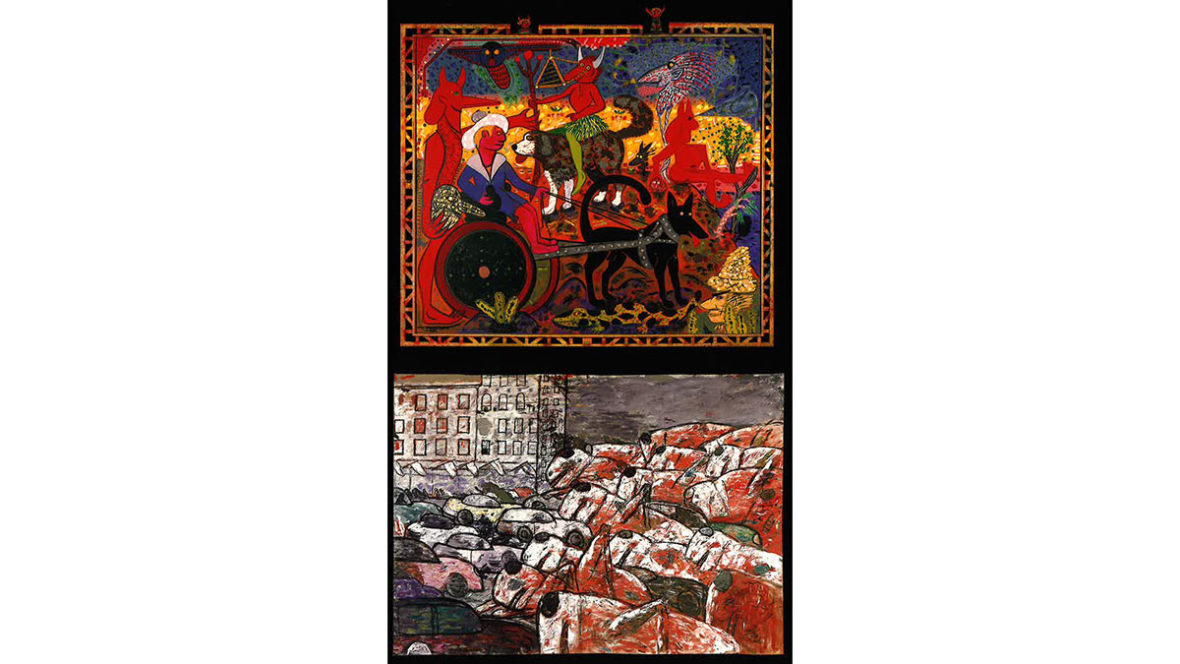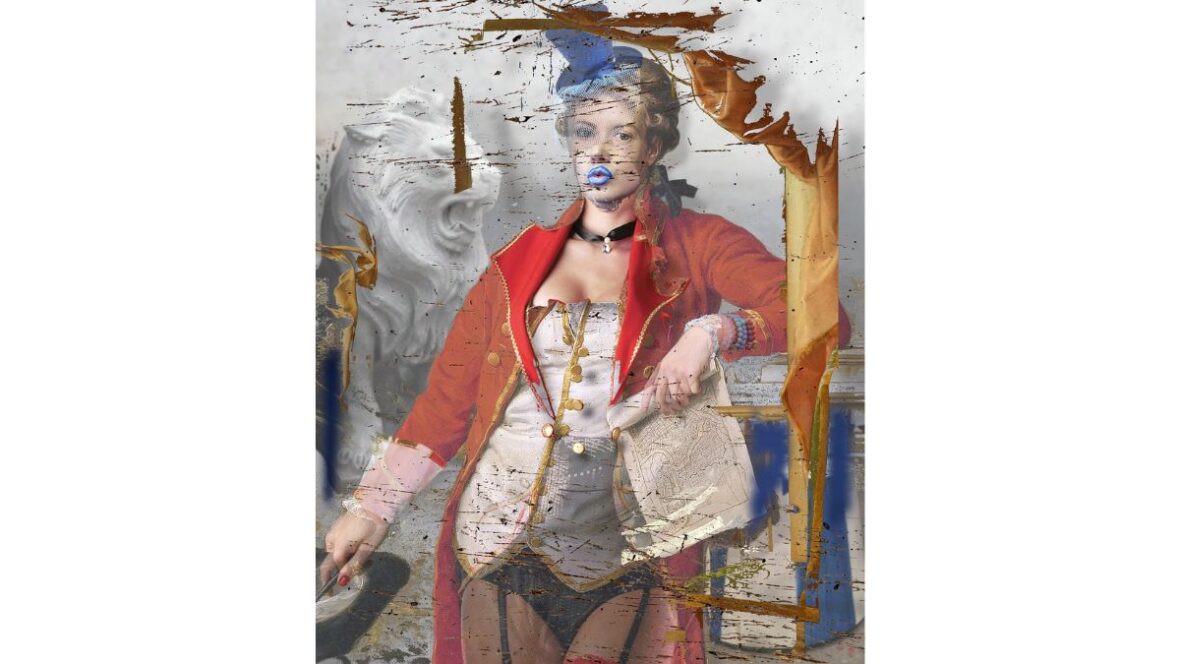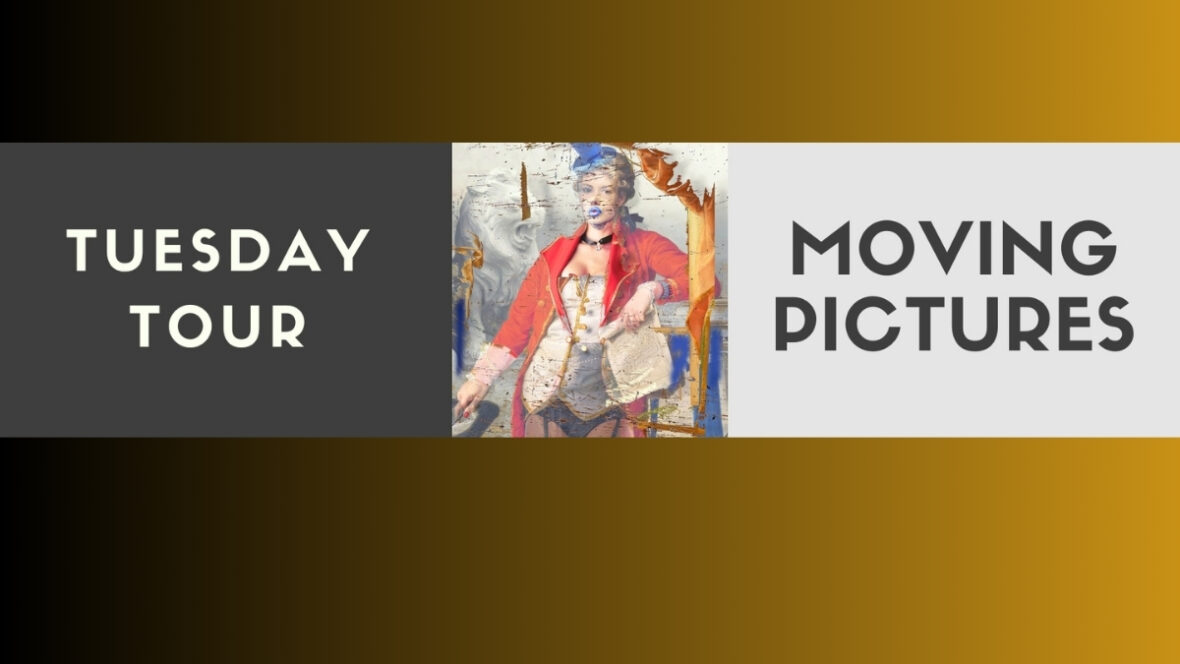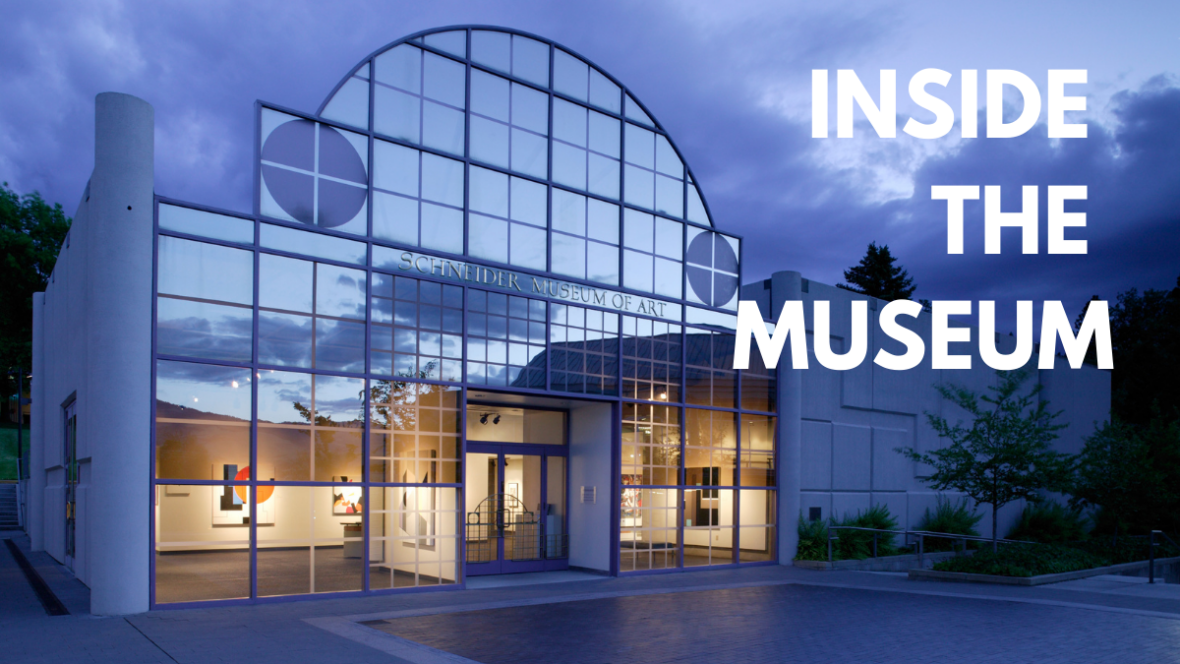Wild Beasts:
Roy De Forest and Gaylen Hansen
Artist Bios
Roy De Forest
Born in North Platte Nebraska in 1930, Roy De Forest moved to Yakima, Washington in the third grade. Since that initial big move, he remained largely a West Coast resident, living primarily in Washington and California. De Forest began his higher education in 1947 as an engineering student at Yakima Junior College, but in 1950 he was awarded a scholarship to the California School of Fine Arts (later re-christened the San Francisco Art Institute), which he attended from 1950-1952. While pursuing his bachelor’s degree, De Forest studied with Clyfford Still, whose influence led De Forest toward an Abstract Expressionist artistic mode of expression. Citing what he termed Abstract Expressionism’s “Protestant moral fervor” as a reason for his defection, De Forest quickly traded Still’s somber oils and for brightly colored acrylics, and began covering the surfaces of his paintings with dots of pure pigment, in part to satirize the heavy, impasto surfaces of Abstract Expressionist paintings. After receiving an MFA from San Francisco State College in 1958, De Forest taught at several West Coast institutions, including Yakima Junior College (1958 – 1960), Contra Costa Junior College (1960), San Francisco State College (1961 – 62), and Junior Center of Arts and Sciences (1964-65). While on a trip to London in the mid 1960s, he saw a painting by David Hockney which featured a large bulldog as the focal point of the image. The experience led him to include animals, and especially dogs, in his compositions. He writes that his use of animals stems in part from “my search for a new way to approach the figurative tradition. The idea occurred to me that the conventions of human figure painting could be applied to animals as well. It’s the sort of art-historical parody that amuses me very much.” In 1965 De Forest moved to Port Costa, California and accepted a position as professor of art at the University of California at Davis. There he worked with artists such as Wayne Thibaud, William T. Wiley, Robert Arneson, and Manual Neri-all artists associated with the anti-aesthetic of the Funk Art movement. Fed up with the pervasive seriousness of Abstract Expressionism and Minimalism, Funk artists turned to popular culture for inspiration, especially underground cartoonists. Although De Forest exhibited occasionally in Funk exhibitions, his idiosyncratic, lively, and gently mocking artwork defies neat categorization into a particular aesthetic or philosophical movement. De Forest’s artistic sensibilities emerge as much from an affinity with art historical figures such as Paolo Uccello, Hieronymus Bosch, Henri Rousseau, Franz Marc, Piet Mondrian, and the Surrealists, as with his contemporaries. On the home front, 1973 saw his marriage to Gloria Scott; daughter Oriana was born in 1975, and son Pascal arrived in 1977. In 1982 De Forest retired from the University of California to devote time to family, dogs, and art. With over 70 solo exhibitions, and over 100 group exhibits to his credit, in the United States, Canada, Yugoslavia, Brazil and France, De Forest demonstrated the broad appeal of his artwork. De Forest died in 2007, at the age of 77. Collectors of his work include: The Contemporary Museum, Honolulu; The Art Institute of Chicago; Centre Georges Pompidou, Paris; Museum of Fine Arts, Boston; San Francisco Museum of Modern Art; Whitney Museum of American Art; and Yale University Art Gallery.
Gaylen Hansen
Gaylen Hansen was born in 1921 on a farm in Garland Utah that lay directly under a flight path for migratory birds. Although this childhood connection to nature proved to have a powerful influence on him, it was not given full expression in his artwork until later in his career. Hansen left Utah briefly in 1939-40 to attend Otis Art Institute in Los Angeles and returned from 1940- 1944 to study at Utah State Agricultural College, the Art Barn School of Fine Arts, and the Salt Lake City Art Center. In 1953 he received an MFA from the University of Southern California, and in 1957 he accepted a position as Professor of Art at Washington State University in Pullman. Like many young artists of his generation, Hansen began his career working within the confines Abstract Expressionism. His early work consisted of landscape-based, gestural compositions in subdued tones. During his tenure at Pullman, he kept abreast of artistic theories and trends, including Pop art and Minimalism, incorporating bits and pieces into his artwork. Hansen’s curiosity, combined with years of catch-as-catch-can experimentation resulted in a diverse range of influences for his work, including Vasily Kandinsky, Piet Mondrian, Philip Guston and Willem De Kooning. In the late 1960s, Hansen’s painting became increasingly linear as the bushy, heavy strokes of Abstract Expressionism began to lose their appeal. Around this time, he began including plants, animals and human characters indigenous to the sparsely populated Palouse region of Eastern Washington in his paintings. His quirky interpretation of his home environment combined readily with a burgeoning recognition of the Funk art aesthetic of the San Francisco Bay area that had crept into his artwork around 1964. He recounts that his enthusiasm for cartoon-like images at this time can be explained in part as a reaction to the rational, academic atmosphere that prevailed at Washington State University’s art department at the time. In 1975, Hansen abandoned any remaining notions of earning national recognition for his artwork, tacked a piece of unstretched canvas on the studio wall, and settled down to paint what pleased him. And what pleased him turned out to be deadpan images of enormous locusts, carnivorous tulips, and titanic trout, all set against the backdrop of his home in the Palouse region of Eastern Washington. This body of paintings combines the ingenuous directness of folk-art traditions with a modernist desire to achieve a precise placement of forms. Although his artworks capture perfectly experiences that are common to his neck of the woods, his imagery stems from a fascination with the absurd and magical aspects of everyday occurrences, rather than an attempt at expressing a regional western aesthetic. He writes, “I don’t think that I am a regionalist in the sense that, ‘well here’s a place; I’m going to express it’ … I’m not doing a piece of Americana … But at the same time there is something to be said for identifying with the environment you’re in I like to think that a good painting has a sense of place.” Ironically, these personal images have garnered increasing attention in the two decades since Hansen abandoned the quest for artworld cachet. His paintings have been exhibited in the United States, Germany, and Japan. His work is represented in many private and public collections, including: Boise Art Museum; Cheney Cowles Museum, Spokane, WA; Honolulu Academy of Arts; Microsoft Corporation; and the Seattle Art Museum. In 1982 he retired from his teaching duties after twenty-five years at Washington State University.
Exhibition Statement
Supported by generous grants from the National Endowment for the Arts and the Richard Florsheim Art Fund, Wild Beasts: Roy De Forest and Gaylen Hansen featured two acclaimed contemporary artists who created colorful, irreverent, and humorous visual narratives based on their lives and experiences in the American west. Organized by Paris Gibson Square Museum of Art, Wild Beasts premiered in Great Falls from January 20 through March 25, 1999. The exhibition then traveled to four museums in the western United States.
Themes of isolation in the Palouse of Eastern Washington, communion with the natural world, and the psychological impact of the vast openness of the west characterize Gaylen Hansen’s paintings of nature run amok. His paintings, which combine a child-like whimsy with a biting wit, are reminiscent of tall tales told around western campfires – gigantic trout do battle with enormous eagles; eerie, colossal grasshoppers swarm over lonesome hills; horses graze in fields of mammoth tulips. Widely exhibited throughout the United States and Europe, Roy De Forest’s hypnotic, brilliantly colored paintings and mixed media constructions are universes unto themselves, where human, animal and plant life all vibrate with equal intensity. His images originate from the kitsch imagery of the popular and advertising culture of the American west, mixed with liberal doses of the purely imaginary. De Forest and Hansen each invest their artworks with technical expertise and intellectual complexity earned from years of experience and experimentation. Each artwork exemplifies exuberance and boundless curiosity, and is a particularly satisfying treat for all viewers.
Curator
Jessica Hunter
Artists
Roy De Forest
Gaylen Hansen



